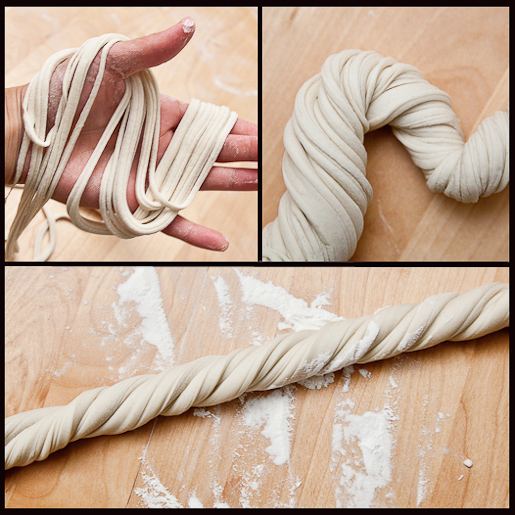
There is something elusive and almost magical about hand-pulled noodles.
First off, the texture is out-of-this-world. It's fresh and chewy with a natural resistance that just springs back. In Taiwanese, we call it "Q," similar to al dente in Italian, but with just a tad more "bounce."
The art of hand-pulled noodles is even more elusive. It takes a trained artisan to understand how to work the dough to the right consistency so that it can be successfully stretched, twirled, and pulled. Furthermore, the golden window of opportunity in which the dough can be pulled into noodles is short - act quickly or else start over!
Noodle pullers typically train for at least a year with a Noodle Master before they are even allowed to make noodles for customers. It's tricky to pull out perfectly smooth, even, and chewy noodles without breaking the strands!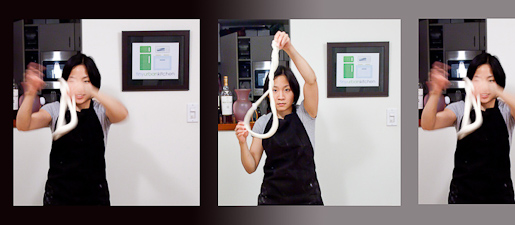
It's almost hypnotic to watch a master swinging that rope of dough in front of you - pull, twirl, pull, twirl.
And it's not just for show. In fact, all that pulling and twisting helps align the dough proteins, making it possible to stretch that dough out into such thin strands.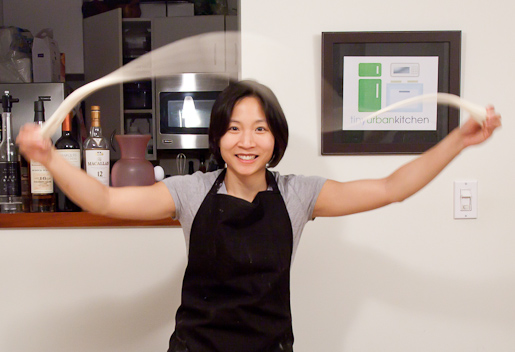
The technique associated with making hand-pulled noodles is virtually impossible to describe or explain without visuals, which is why a video is the perfect tool for introducing you to this art.
For Round 7 of Project Food Blog, we were asked to create a video putting "one of our favorite recipes on film." As you know, Bryan absolutely loves fresh hand-pulled noodles and Taiwanese Beef Noodle Soup is the ultimate comfort food that reminds me of home.
I could think of no better dish to share with you all than this classic Taiwanese street dish.
Hand Pulled Noodle Dough
adapted from Luke Rymarz's Recipe
156g cake flour
25g all-purpose flour
110 mL warm water
2g salt (⅓ tsp)
1 g baking soda (a little less than ¼ tsp)
~ 6 g vegetable oil (optional)
Combine all ingredients in a bread machine and knead on the dough cycle for about 15 minutes. Remove the dough from the machine, wrap in plastic wrap, and let rest for 1 hour. Put dough back in the bread machine and knead again (dough cycle) for about 15 minutes. If no machine is available, hand knead for about 45 minutes.
Note: You can also use a stand mixer. I have not tried this and thus cannot give detailed instructions, but I have read instructions that say to mix on speed 4 for 15 minutes.
Roll and twist for about 10-15 minutes (see video for details), or until the dough feels soft and pliable like clay. The time can vary a lot depending on the climate, humidity, and elevation! The dough should not spring back if you push it in. It really feels a bit like clay.
Once the dough is ready, pull noodles (see video for details) and cook in boiling water for about 1-2 minutes. Eat with your favorite soup (see beef noodle soup recipe below) or stir fry with your favorite ingredients.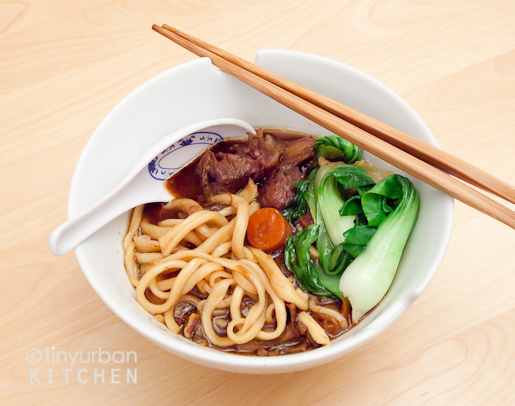
Taiwanese Beef Noodle Soup
Serves 4
Adapted from Not Much to See Here
2 lbs Beef Shank (optionally cut up into chunks)
1 T vegetable oil
5 cloves of garlic, minced
1 inch chunk of ginger, chopped
2 star anise
2 scallion stalks, chopped
2 T Chili bean sauce
½ cup soy sauce
2 carrots, sliced
1 tomato, sliced
¼ cup rice wine
¼ cup rock sugar
fresh hand-pulled noodles (see above)
hot sauce
Soak beef shank pieces in hot water for about 5 minutes. Drain dirty water, rinse beef shanks, and set aside. Over medium high heat saute garlic, ginger, scallions, and star anise in vegetable oil until fragrant. Add beef shank and chili bean sauce and saute for a few minutes, until the beef is slightly browned. Add soy sauce and cook for 2 minutes. Add carrots, tomatoes, rice wine, and rock sugar. Add water until everything is just covered. Bring to medium high heat and then reduce to a simmer for 2-4 hours, or until the beef is fall-apart tender. Add hot sauce to taste.
Serve with blanched bok choy and fresh hand pulled noodles.
All music in this video is royalty-free and composed by Kevin MacLeod, licensed under Creative Commons "Attribution 3.0" except for the Flight of the Bumblebee, which was performed by the US Army Band (public domain).
All Rights Reserved


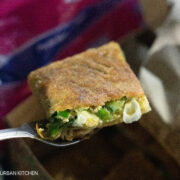






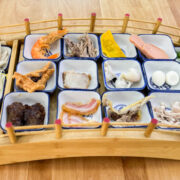

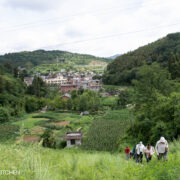





[…] 拉麵 is difficult to master (trust me, I’ve tried taking classes in Beijing and even attempted it myself at home). Those who can do it make it look simple, but it’s really not. The finished product is also […]